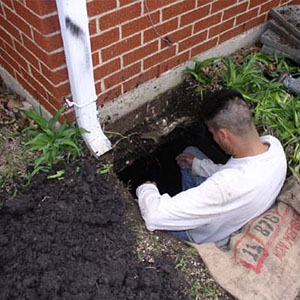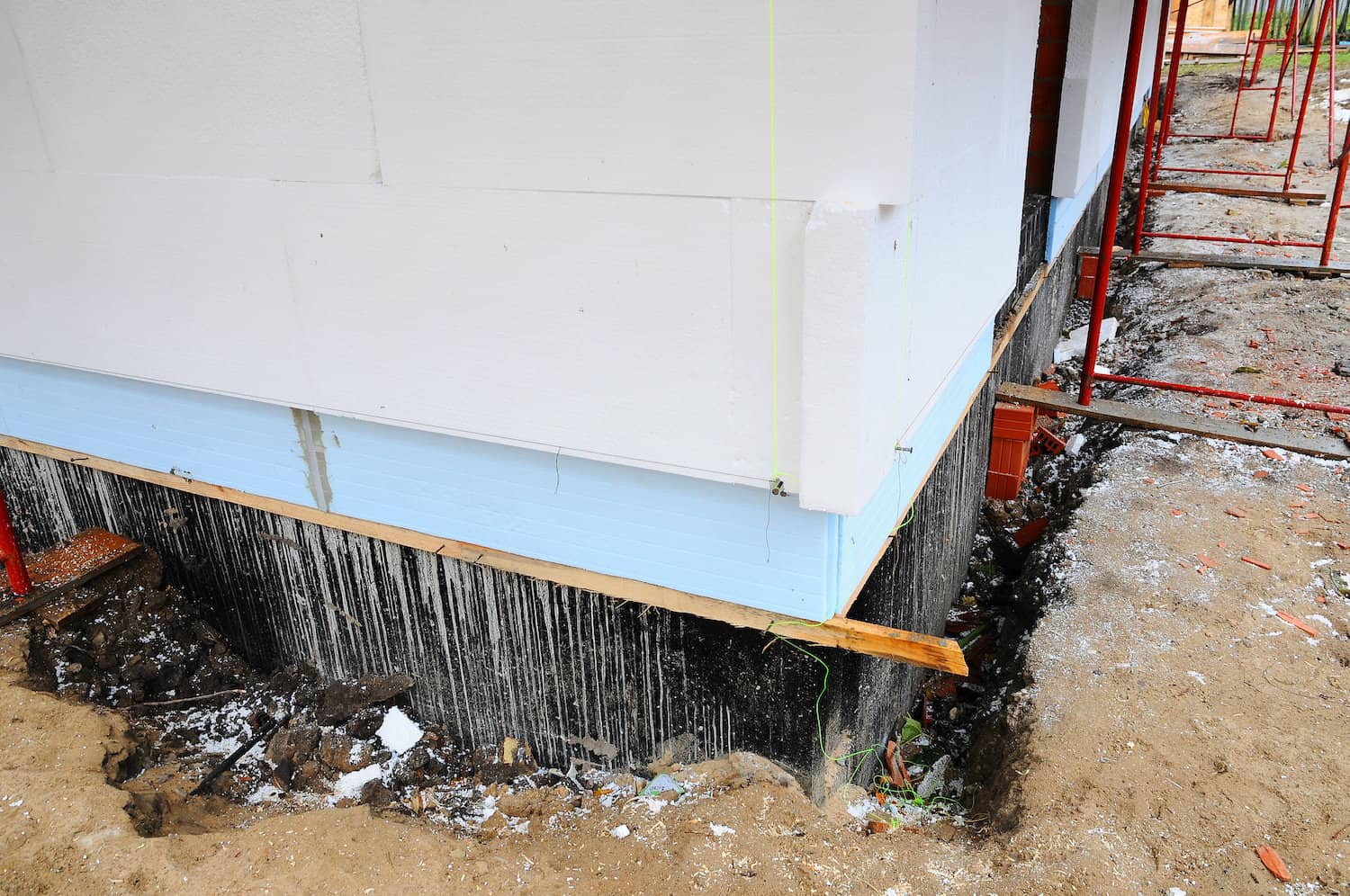Why Foundation Repair OKC is Critical for Keeping Your Property's Stability
Why Foundation Repair OKC is Critical for Keeping Your Property's Stability
Blog Article
Exploring Different Techniques of Structure Repair Work for Various Dirt Types
Foundation fixing is a vital aspect of preserving structural integrity, specifically when considering the varied challenges positioned by different dirt kinds. The complexity of soil habits under varying conditions necessitates a tailored strategy to fix, making certain optimal options such as helical piers for unsteady soils or chemical grouts for cohesive layers. Nevertheless, the question continues to be: just how do we determine the most efficient technique for each distinct circumstance? Comprehending the interplay in between dirt attributes and repair work methods is vital, yet there is more to discover in the mission for lasting options. What aspects really determine the option of approach?
Understanding Soil Types
Dirt types play an important role in the stability and durability of structure structures, making it vital for house owners and construction professionals to comprehend their characteristics and behavior. The communication between dirt and foundation can figure out the architectural stability of a building. There are numerous dirt types, each with distinct physical properties that affect exactly how foundations are designed and preserved.
Granular dirts, such as sand and crushed rock, give great drainage and are often thought about secure. They have high load-bearing abilities, which can support larger structures. However, these soils can move if not compressed appropriately, resulting in potential negotiation concerns. On the other hand, cohesive dirts like silts and clays show different actions. These soils often tend to retain wetness, and their load-bearing capacity can vary significantly with modifications in moisture web content.
Rocky soils, known for their toughness and stability, deal excellent assistance for structures but may call for customized equipment for excavation. On the other hand, fertile dirts, which are a well balanced combination of silt, clay, and sand, often provide desirable problems for foundation assistance due to their modest drain homes.

Understanding these dirt kinds is essential for selecting ideal foundation repair approaches, ensuring the longevity and security of structures with time.
Obstacles With Large Clay
Among the numerous soil types, large clay presents special obstacles for structure security because of its propensity to undergo substantial quantity modifications with moisture variation. This sort of soil swells when damp and agreements when dry, which can exert considerable stress on frameworks. These fluctuations can bring about structure cracking, heaving, and negotiation issues, posing significant dangers to the structural stability of structures.
The obstacles with expansive clay are exacerbated by its plasticity index, which gauges the dirt's ability to alter shape and quantity. A high plasticity index suggests higher capacity for motion, boosting the chance of damage to foundations. This is specifically problematic in areas experiencing frequent or severe climate changes, where cycles of wet and dry problems prevail.
Additionally, the deepness of extensive clay layers can differ, making complex the analysis and planning of ideal structure repair techniques. These intricacies need a comprehensive geotechnical analysis to make sure efficient foundation fixing approaches are carried out, emphasizing the significance of dealing with expansive clay difficulties with know-how and care.
Solutions for Sandy Soils
Sandy dirts, defined by their huge particle size and low communication, existing unique obstacles for foundation stability due to their propensity for shifting and erosion. By securing the foundation to deeper, extra stable soil layers, these systems can supply the needed support to counteract the shifting nature of sandy dirts.
An additional suggested approach is the application of dirt stabilization approaches. Chemical grouting, for example, entails you could try these out infusing a stabilizing agent into the dirt, which boosts cohesion and decreases permeability. This process aids to strengthen the sandy substrate, consequently decreasing the threat of disintegration and movement.
Furthermore, installing appropriate water drainage systems is crucial in sandy dirt problems. Making certain appropriate drainage can prevent water accumulation around the structure, which usually exacerbates disintegration and dirt variation. Methods such as French click drains or surface grading can be employed to route water away from the structure boundary.
Addressing Working Out in Loamy Soils
Loamy soils, recognized for their well balanced mix of silt, clay, and sand, provide a fertile base for several frameworks but can occasionally bring about structure settling due to their unique make-up. This well balanced texture offers outstanding drainage and nutrient retention, making it excellent for agriculture and landscape design. This very same attribute can come to be troublesome for foundations, as shifts in moisture web content can cause the dirt to increase or contract, leading to working out.
Precise dirt testing is crucial to determine the details structure and dampness web content of the loam. When data is collected, carrying out proper drainage services is necessary to keep consistent wetness degrees, thus reducing the threat of soil tightening or expansion.

Ingenious Repair Service Strategies
In the world of structure repair service, ingenious methods are consistently being created to attend to the facility challenges postured by numerous dirt problems. As soil types differ substantially in their architectural residential properties, conventional techniques might not constantly suffice. The introduction of new technologies in structure repair service gives much more customized remedies, making sure security and durability.
One notable innovation is making use of helical piers, which are specifically reliable in expansive or unsteady soils (foundation repair Oklahoma). These piers are screwed right into the ground up until they reach a secure layer of soil, offering solid assistance for the foundation over. This method lessens disturbance and is versatile to different dirt kinds, making it a flexible service
One more cutting-edge strategy is the application of polyurethane foam shot. This method includes injecting high-density polyurethane foam below the structure to load gaps and stabilize the structure. It is a less intrusive option to standard underpinning, providing fast setup with minimal disturbance to the surrounding location.
Additionally, soil stablizing techniques, such as making use of chemical cements, have actually gained traction. These substances enhance dirt strength and minimize leaks in the structure, preventing future shifting. Jointly, these cutting-edge repair work methods supply reliable options for the diverse obstacles presented by differing soil problems.
Conclusion

Foundation fixing is a critical aspect of preserving architectural honesty, particularly when thinking about the diverse difficulties postured by different dirt kinds (foundation repair Oklahoma). The intricacy of dirt actions under differing conditions requires a customized method to repair, making certain optimum remedies such as helical piers for unpredictable dirts or chemical cements for cohesive layers. By securing the foundation to much deeper, extra steady soil layers, these systems can give the required support to combat the moving nature of sandy soils
Structure repair work calls for careful factor to consider of soil types to ensure stability and durability. Chemical grouts boost dirt toughness and reduce permeability in cohesive dirts.
Report this page